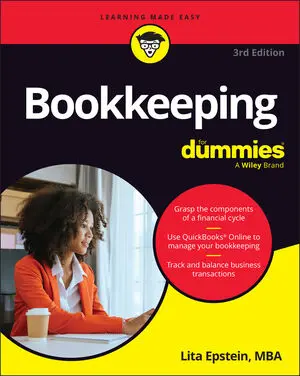If you’ve been entering transactions manually, you create a trial balance by listing all the accounts with their ending debit or credit balances. After preparing the list, you total both the debit and credit columns. If the totals at the bottom of the two columns are the same, the trial is a success, and your books are in balance.
The primary purpose of the trial balance is to prove that, at least mathematically, your debits and credits are equal. If any errors exist in your calculations or in how you summarized the journals or posted the summaries to the General Ledger, they’re uncovered in the trial balance when the columns don’t come out equal. Also, if you entered any transactions out of balance, you see the mistake when you add the columns of the trial balance.
The four basic steps to developing a trial balance are as follows:
Prepare a worksheet with three columns: one for account titles, one for debits, and one for credits.
Fill in all the account titles and record their balances in the appropriate debit or credit columns.
Total the debit and credit columns.
Compare the column totals.
The figure shows a sample trial balance for a company as of May 31, 2014. Note that the debit column and the credit column both equal $57,850, making this a successful trial balance.

A successful trial balance is no guarantee that your books are totally free of errors; it just means that all your transactions have been entered in balance. You still may have errors in the books related to how you entered your transactions, including:
You forgot to put a transaction in a journal or in the General Ledger.
You forgot to post a journal entry to the General Ledger.
You posted a journal entry twice in either the General Ledger or in the journal itself.
You posted the wrong amount.
You posted a transaction to the wrong account.
If, by chance, the errors listed here slip through the cracks, there’s a good chance that someone will notice the discrepancy when the financial reports are prepared.
Even with these potentially lurking errors, the trial balance is a useful tool and the essential first step in developing your financial reports.






